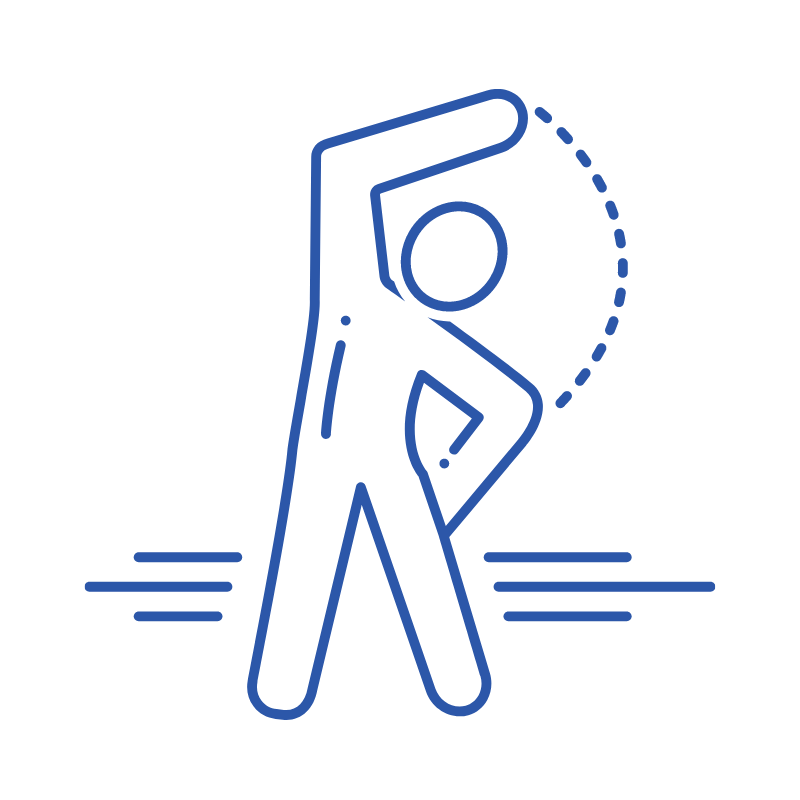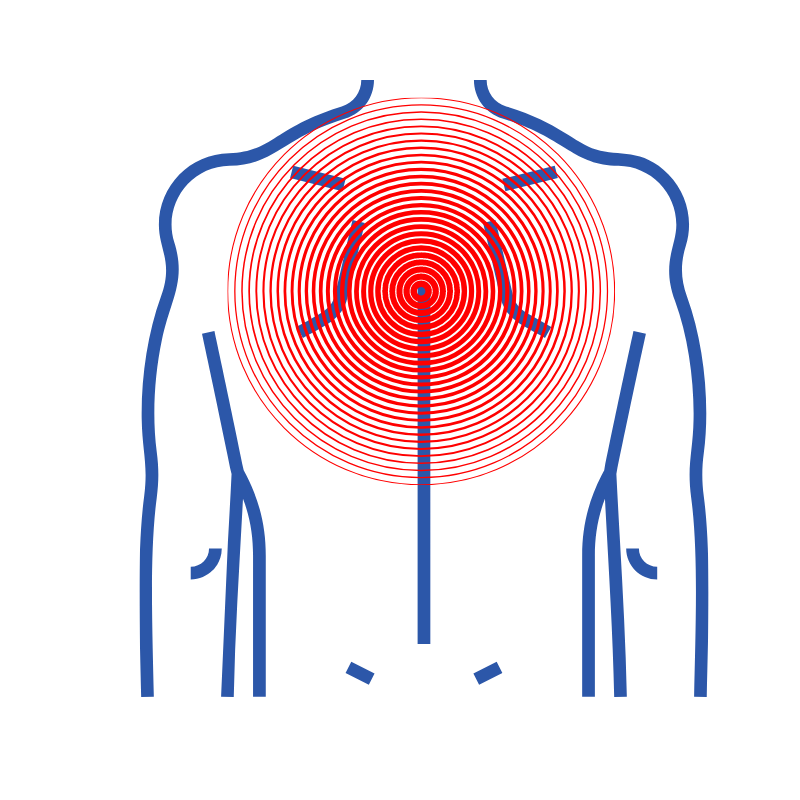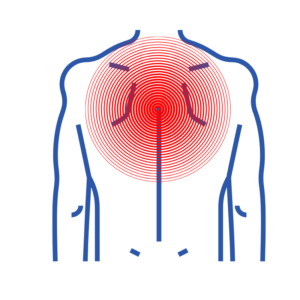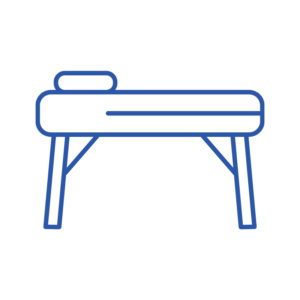Winging scapula (or scapula alata) is where the muscles of the shoulder are too weak to stabilise and the blades protrude from the back like wings.
At Vitalis Physiotherapy, our treatment of winging scapula aims to:
Winging scapula (or scapula alata) is where the muscles of the shoulder are too weak to stabilise and the blades protrude from the back like wings.
At Vitalis Physiotherapy, our treatment of winging scapula aims to:



The shoulder blades – known as the scapula – should typically rest flat against the back of the chest wall/ribcage. These bones are responsible for overall stability and general movement of the shoulders, arms and upper body. A winging is a condition characterised by the scapula sticking out or protruding from the back. This can be caused by nerve entrapment or muscular dystrophies and/or muscular dysfunction of either the serratus anterior or trapezius muscles. It can also occur if movement is not synchronised or correct, called scapula dysrhythmia.

Diagnosis of a winging scapula is rare, with ‘true’ winging of the scapula marked by an obvious physical deformity even rarer. This condition can be asymptomatic, however, certain factors and/or differential diagnoses which influence this condition include:


If you suspect you have a winging scapula, it is important to see a medical professional. You will likely be referred for ultrasound or nerve conduction tests to determine the extent of the condition.
Physical therapy can be beneficial in managing symptoms. At Vitalis Physiotherapy, we tailor a unique treatment plan to aid in your recovery through:
If the pain and reduced movement is severe, driving and strenuous activity should be avoided. Your physiotherapist may also advise heat or ice application, rest and if necessary, pain medication. Additionally, they might recommend for you to use neck support or a suitable pillow.
If you have a winging scapula, or you’re looking for a ‘physiotherapist near me’, our physios at Vitalis Physiotherapy can assess your condition to tailor a unique rehabilitation plan to aid in your pain relief and recovery.
All you need to do is just give us a call on 0410 559 856 and request an initial appointment. Please let our friendly reception staff know the background and severity of your condition.
You can visit our FAQs for more information about appointments at Vitalis Physiotherapy.

Are you in pain caused by a winging scapula? Contact Vitalis Physiotherapy now to book in your treatment.
Call our friendly team on 0410 559 856. We’d love to help.
3/58 Oldfield Road, Sinnamon Park Qld 4073